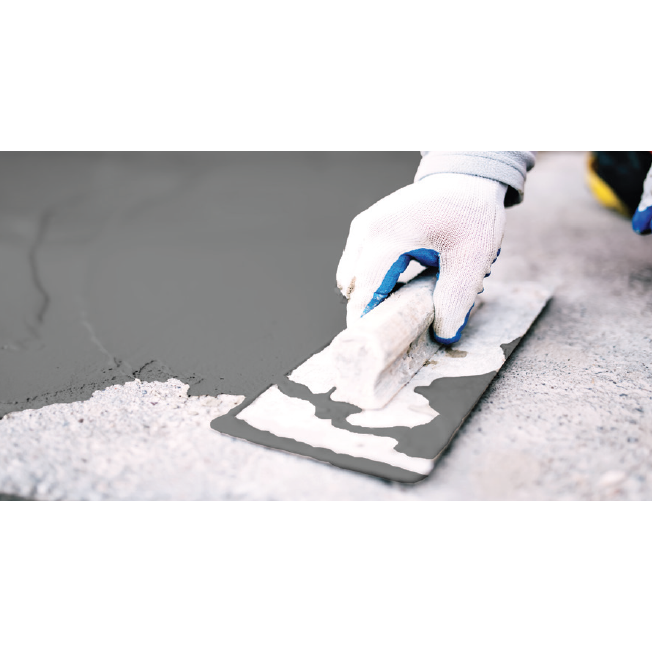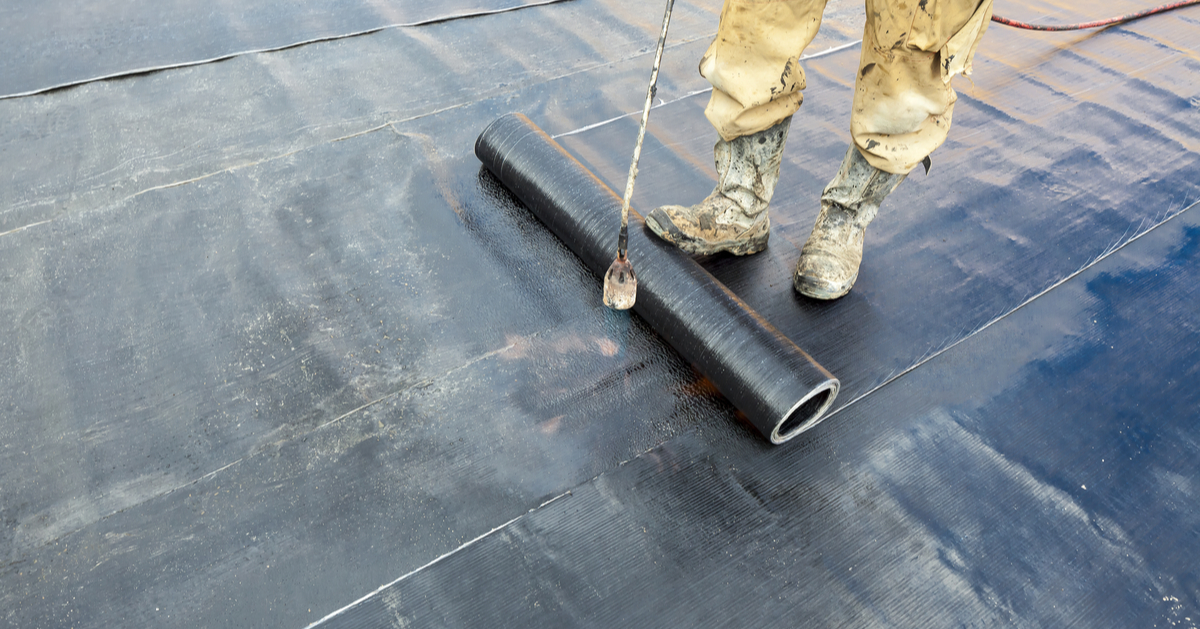Exactly How Waterproofing Works: A Thorough Take A Look At Methods and Technologies
Waterproofing is essential for shielding frameworks from moisture-related damages. It includes numerous strategies and technologies that develop obstacles against water invasion. Conventional techniques, such as compacted clay, exist side-by-side with modern innovations like liquid-applied membrane layers. Recognizing the subtleties of these methods is important for efficient application. However, the performance of any type of waterproofing service hinges not only on the strategies used but likewise on ongoing maintenance and inspection. What are the crucial aspects that affect long-lasting efficiency?
Recognizing the Essentials of Waterproofing
Waterproofing is a necessary procedure that shields structures from water intrusion, which can cause considerable damages gradually. This technique entails the application of numerous products and methods designed to produce a barrier against wetness. The key goal is to stop water from penetrating surfaces, which can create deterioration, mold and mildew growth, and architectural instability.Various factors affect the option of waterproofing approach, including the kind of structure, its location, and environmental conditions. Recognizing the physics of water movement and the residential properties of various products is important in selecting a reliable waterproofing solution.Effective waterproofing not only safeguards buildings but likewise boosts their long life and stability. Normally, it is incorporated right into the layout phase of building and construction to guarantee comprehensive protection. As understanding of water-related problems grows, the relevance of recognizing waterproofing principles ends up being increasingly clear to architects, contractors, and homeowner alike.
Traditional Waterproofing Approaches
Conventional waterproofing approaches have actually been used for centuries, depending on reliable methods and materials to protect frameworks from water damage. One of the oldest methods involves using clay, which, when compacted, creates an all-natural obstacle against dampness. Furthermore, asphalt, a sticky, black product originated from petroleum, has actually been employed for its waterproof homes, typically used to roofing systems and foundations.Another method involves the application of lime-based plasters, which offer a breathable layer that enables dampness to escape while protecting against water access. Thatch roof, a conventional technique still seen in some societies, supplies superb waterproofing as a result of its firmly packed straw layers.Moreover, using stone and brick has actually been popular, as these products are inherently immune to water when appropriately mounted. In general, standard waterproofing approaches emphasize the importance of picking proper materials and building practices to improve toughness against water invasion.
Modern Waterproofing Technologies
Developments in modern-day waterproofing modern technologies have actually reinvented the means structures are shielded from water damages. Cutting-edge methods such as liquid-applied membrane layers and advanced sealers have actually boosted the performance and convenience of waterproofing services. These modern technologies permit for seamless application, minimizing the danger of leaks and making certain detailed insurance coverage over complicated surfaces.Moreover, the combination of wise technologies, such as moisture sensing units and automated monitoring systems, makes it possible for real-time evaluation of waterproofing efficiency. This aggressive method helps with timely upkeep and lowers long-lasting repair service costs.Additionally, innovations in spray-applied coatings provide fast application and outstanding attachment, adapting to various substrates while offering robust protection. Strategies like polymer-modified systems additionally boost flexibility and toughness, making them appropriate for diverse environments. In general, modern waterproofing technologies not just minimize water breach however additionally add to the long life and sustainability of structures, marking a considerable shift in the sector.
Products Made Use Of in Waterproofing
The efficiency of waterproofing solutions heavily relies upon the materials used in their application. Various products are employed to develop barriers versus water ingress, each with special residential properties matched for different settings. Generally made use of products include membranes, layers, and sealants.Liquid-applied membranes, typically made from polyurethane or acrylic, form a seamless barrier that adjusts to intricate surfaces. Sheet membrane layers, generally constructed from rubber or polycarbonate, deal toughness and are optimal for bigger areas. Furthermore, cementitious waterproofing products, made up of cementitious compounds, supply exceptional adhesion and flexibility.Sealants made from silicone or polyurethane are crucial for joints and joints, making certain complete protection. Moreover, sophisticated materials, such as geo-composite membranes, integrate several functions, enhancing performance. In general, the choice of waterproofing products is important in attaining long-lasting and effective water resistance, tailored to specific job requirements and ecological conditions.
Typical Applications of Waterproofing
Waterproofing plays a necessary function in numerous sectors, making certain the long life and stability of frameworks. Usual applications consist of property options that shield homes, commercial infrastructure that safeguards companies, and commercial setups that require durable protection against moisture. Recognizing these applications highlights the relevance of waterproofing in maintaining both safety and security and functionality throughout different atmospheres.
Residential Waterproofing Solutions
Lots of property owners encounter difficulties with wetness breach, making effective property waterproofing remedies important. Various techniques exist to resolve this problem, consisting of inside and outside waterproofing systems. Inside options frequently involve the application of sealers and finishes to cellar wall surfaces, which aid prevent water seepage. Exterior techniques generally consist of the installment of drain systems and waterproof membranes that draw away water far from the foundation.Additionally, homeowners might think about sump pumps to get rid of water accumulation and dehumidifiers to control humidity levels. Correct grading and making use of gutters also play an essential function in handling water circulation around the home. By carrying out these techniques, house owners can substantially lower the next page risk of water damage and mold development, making certain a dry and risk-free living atmosphere.

Industrial Facilities Defense
Reliable waterproofing solutions play an essential role in the defense of commercial framework. Sump pump installation & replacement Omaha. These methods are important for safeguarding structures, parking frameworks, and bridges from tank lining waterproofing water damages, which can jeopardize architectural stability and cause pricey repair work. Typical applications consist of the installation of membrane layers, layers, and sealants that develop obstacles versus wetness seepage. Areas such as cellars, roofs, and exterior wall surfaces are typically focused on to guarantee long life and longevity. Additionally, waterproofing systems can boost power effectiveness by stopping water-related issues that may lead to mold and mildew growth and degeneration. By implementing durable waterproofing steps, homeowner can protect their investments and maintain operational efficiency, ultimately adding to the total sustainability of industrial facilities
Industrial Applications Introduction
While various markets face unique obstacles, the need for reliable waterproofing solutions continues to be a constant in industrial applications. Industries such as manufacturing, building, and energy frequently come across atmospheres where moisture exposure can jeopardize architectural integrity and functional performance. In producing facilities, waterproofing is essential for securing equipment and materials from water damage. In building, it safeguards structures and basements versus groundwater infiltration. The power market relies upon waterproofing for the protection of tools in hydroelectric plants and offshore structures. Additionally, food handling markets use waterproofing to guarantee health and conformity with try here security criteria. In general, reliable waterproofing options are vital for improving sturdiness, safety and security, and efficiency across numerous commercial settings.
Maintenance and Long Life of Waterproofing Solutions
Waterproofing services are developed to supply long-lasting defense versus dampness intrusion, normal maintenance is important to guarantee their efficiency and longevity. Regular examinations play a considerable role in recognizing potential concerns such as fractures, peeling, or indications of water damage. Attending to these troubles quickly can protect against further degeneration and pricey repairs.Additionally, cleaning the surface area of waterproof areas assists get rid of dust and debris that might endanger the stability of the waterproofing barrier. It's likewise suggested to reapply safety finishes or sealants as advised by makers to preserve suitable efficiency. Ecological elements, such as UV direct exposure and severe weather, can influence the lifespan of waterproofing materials, making regular assessment vital
Frequently Asked Questions
Can Waterproofing Be Applied in Winter?
The concern of using waterproofing in winter increases concerns concerning bond and healing. Numerous items may not perform at their best in low temperature levels, requiring mindful choice and factor to consider of specific guidelines for reliable application.
How Much Time Does Waterproofing Usually Last?
The duration of waterproofing effectiveness differs based on products and ecological aspects. Usually, it can last from 5 to 10 years, however routine upkeep and evaluations are vital to guarantee peak efficiency and durability.
Is DIY Waterproofing Effective and Safe?
The performance and safety of DIY waterproofing rely on numerous variables, including worldly quality and application strategy. While some people achieve satisfying results, others may come across concerns that compromise long-term defense and structural stability.
What Are the Indications of Failing Waterproofing?
Signs of failing waterproofing consist of visible water spots, peeling off paint, mold growth, stuffy smells, and wetness in walls or ceilings - French drain installation Omaha. These indicators recommend endangered barriers, necessitating prompt assessment and prospective remediation to prevent more damages
How Do I Pick the Right Waterproofing Specialist?
